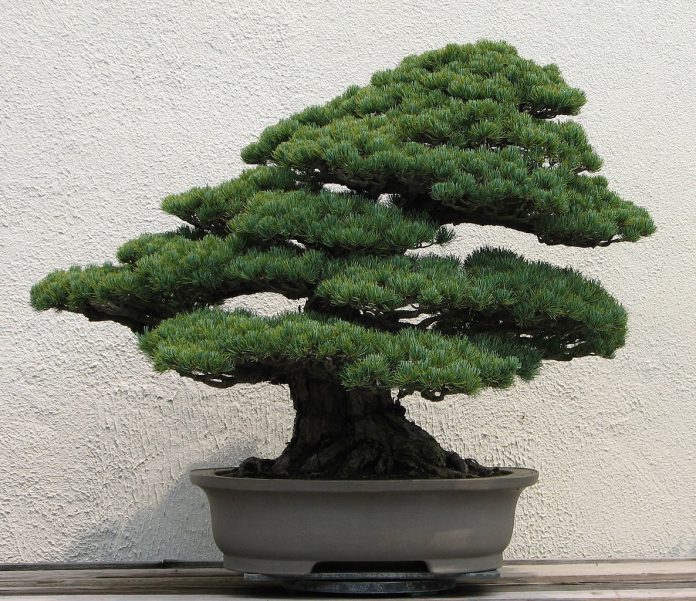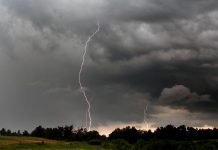
When one first thinks about trees, the tall and majestic giants that are commonly found here in the Kawarthas quickly come to mind. Trees are vitally important to our daily lives, filtering air, providing food, and offering shelter. It’s trees that provided the inspiration — and medium — for the ancient art of bonsai that was first practiced a world away in Japan.
Bonsai has its roots in over a thousand years of history. The Japanese art form is centered on propagating trees within containers. Rather than letting a tree reach its full potential, it’s confined — ensuring it stays in a miniature form.
Maintained through a variety of techniques that include pruning, shaping and wiring, there are many types of trees that can be grown for bonsai purposes including pines, maples, junipers and larch. Species that naturally have smaller leaves or needles are often chosen, as they better maintain the visual appeal that bonsai is known for.
When it comes to getting started with bonsai, it’s important to choose the right type of tree. Consider where you want to grow your tree. Do you plan to keep it indoors or outdoors? Different species of bonsai trees are required for different growing locations. Indoor trees tend to be more tropical in nature and outdoor types tend to blend more with native tree species like spruces and maples.
Once you have your tree, it’s time to think about shaping and styling. This is where the magic happens, and you end up creating a true piece of living art. You need to consider what type of shape you want your bonsai to take and think about how you’re going to achieve this. Most people want their tree to resemble what they would see in nature as much as possible.
Pruning is the main technique for keeping your tree miniaturized. It’s important to have a good set of pruners that are sharp and make a clean cut, ensuring the tree can quickly heal.
Another technique that is commonly used in shaping bonsai is wiring. Aluminum or copper wire is attached to the branches of your tree forcing them to bend as they grow. Wiring helps the tree to take on different shapes. One key step is to remove the wire before branches start to grow around it, resulting in scarring.
Ongoing care of your bonsai is crucial to the survival of your piece of living art. Depending on the type of tree you chose, and whether you keep it indoors or out, the type of care you need to give it varies widely. Some trees need water every day, while others prefer a drink only now and then. One of the biggest mistakes you can make is overwatering, which can damage the roots — resulting in a quick end for the tree.
Fertilizing is also very important. Normal full-sized trees use their roots to search for nutrients from the surrounding soil, but bonsais don’t have this luxury — you have to provide the nutrients for them. There are several types of fertilizer available, depending on the type of tree you have.
If bonsai is something you’re curious about, or want to take up as a hobby, there’s a great learning opportunity coming up this weekend at GreenUP Ecology Park.
Bonsai guru Kevin Yates — who has been propagating, styling and shaping bonsai for more than 20 years — will be leading two workshops on Sunday, June 8th.
The first workshop, which kicks off at 10 a.m., is for beginners and will outline the basics of getting started with bonsai. You’ll learn about the types of trees available and the tools and equipment you’ll need. The second workshop follows the first, with a 2 p.m. start time. This workshop covers intermediate topics like pruning and styling techniques and care throughout the seasons.
You can attend just the morning session, or stick around for the full day, which wraps up at 5 p.m. The cost for a single workshop is $35, or attend both for $60. Everyone attending receives his or her own larch tree to style. A variety of bonsai accessories will be for sale at the workshop including pots, wire, and trees.
Registration is required. To do so, or for more information, contact Marcy Adzich at workshops@greenup.on.ca or by phone at 745-3238 ext. 212. Payment can be made in advance at the GreenUP Store or the day of the event at GreenUP Ecology Park.


























